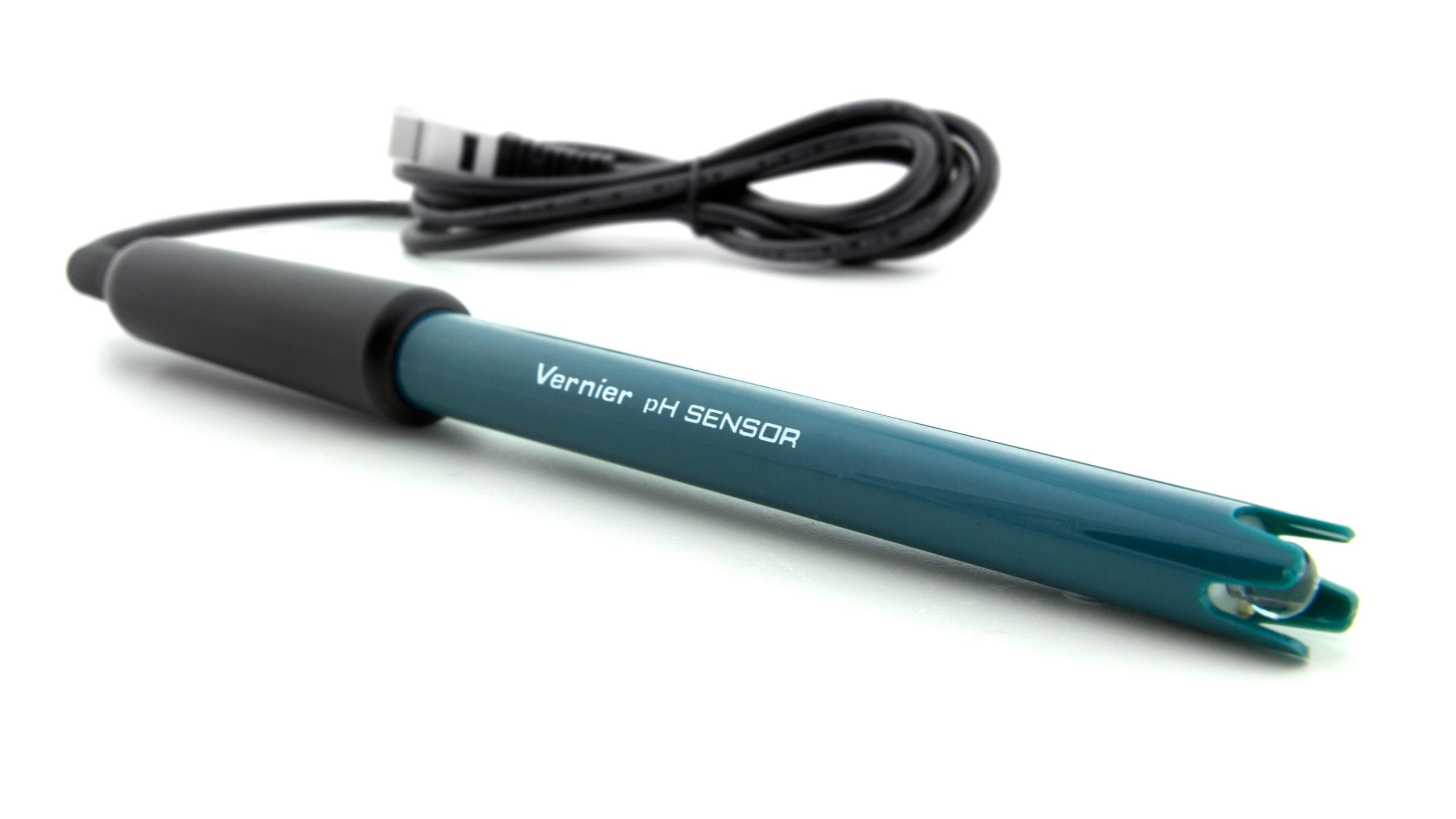Introduction
The alkalinity of water is a measure of how much acid it can neutralize. If any changes are made to the water that could raise or lower the pH value, alkalinity acts as a buffer, protecting the water and its life forms from sudden shifts in pH. This ability to neutralize acid, or H+ ions, is particularly important in regions affected by acid rain.
In the diagram below, for example, the lake on the right has low alkalinity. When acid rain falls, it is not neutralized, so the pH of the water decreases. This drop in the pH level can harm or even kill some of the aquatic organisms in the lake. The lake on the left, however, has high alkalinity. When acid rain falls in this lake, the acid is partially neutralized and the pH of the water remains fairly constant. In this way, a high alkalinity level helps maintain the health of the water and the organisms that live there.
Alkalinity should not be confused with pH. The pH of a solution is a measure of the concentration of acid, or H+ ions, in the water. Alkalinity is a measure of the water’s capacity to neutralize an acid, or H+ ions, thereby keeping the pH at a fairly constant level.
The alkalinity of surface water is primarily due to the presence of hydroxide, OH–, carbonate, CO32–, and bicarbonate, HCO3–, ions. These ions react with H+ ions by means of the following chemical reactions:
Most alkalinity in surface water comes from calcium carbonate, CaCO3, that is leached from rocks and soil. This process is enhanced if the rocks and soil have been broken up for any reason, such as mining or urban development. Limestone contains especially high levels of calcium carbonate.
Alkalinity is significant in the treatment of wastewater and drinking water, because it will influence treatment processes such as anaerobic digestion. Water may also be unsuitable for use in irrigation if the alkalinity level in the water is higher than the natural level of alkalinity in the soil.
Objectives
- Measure alkalinity of a stream or lake by titrating with sulfuric acid.
Sensors and Equipment
This experiment features the following sensors and equipment. Additional equipment may be required.
Ready to Experiment?
Ask an Expert
Get answers to your questions about how to teach this experiment with our support team.
- Call toll-free: 888-837-6437
- Chat with Us
- Email support@vernier.com
Purchase the Lab Book
This experiment is #11 of Water Quality with Vernier. The experiment in the book includes student instructions as well as instructor information for set up, helpful hints, and sample graphs and data.


